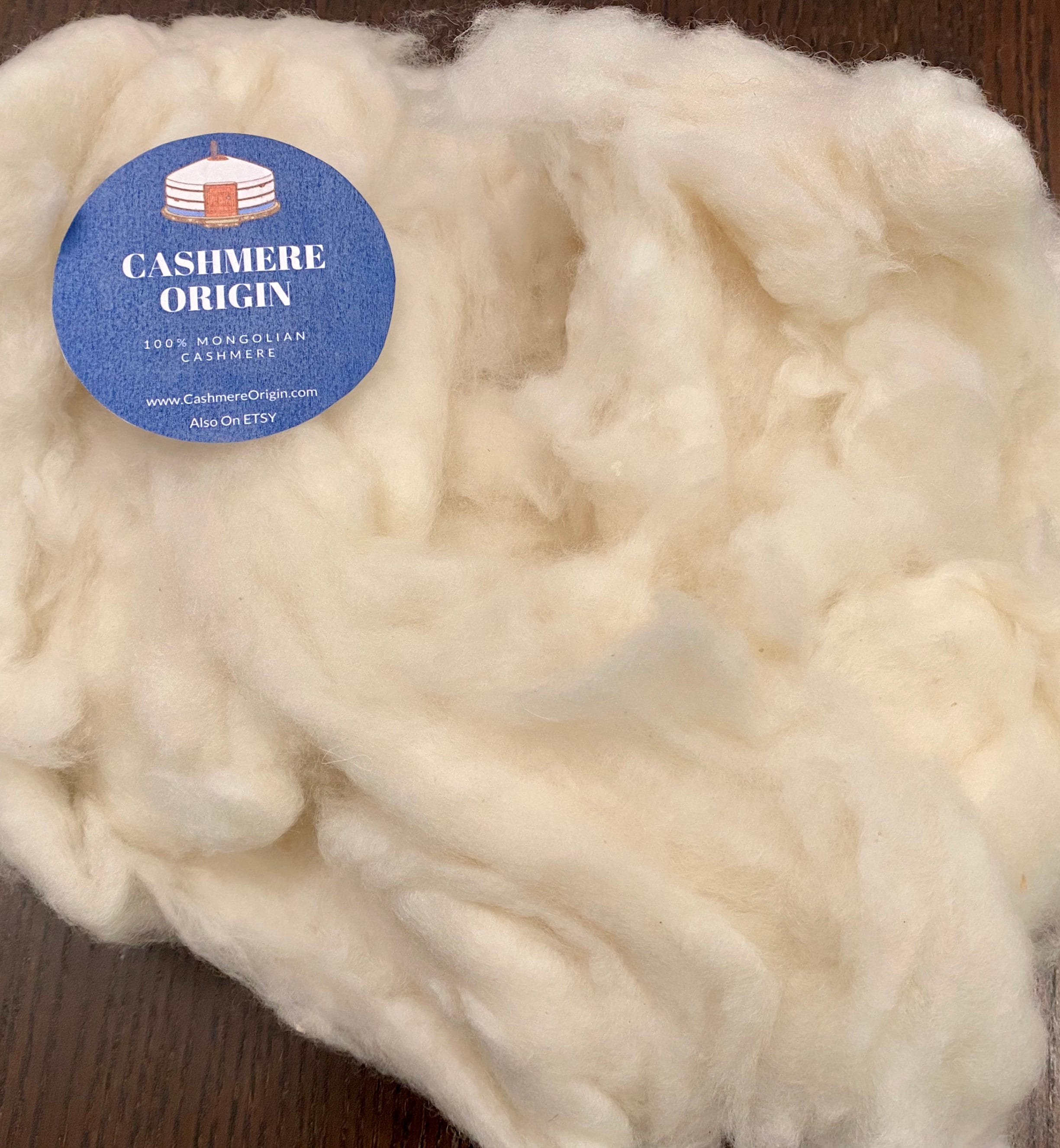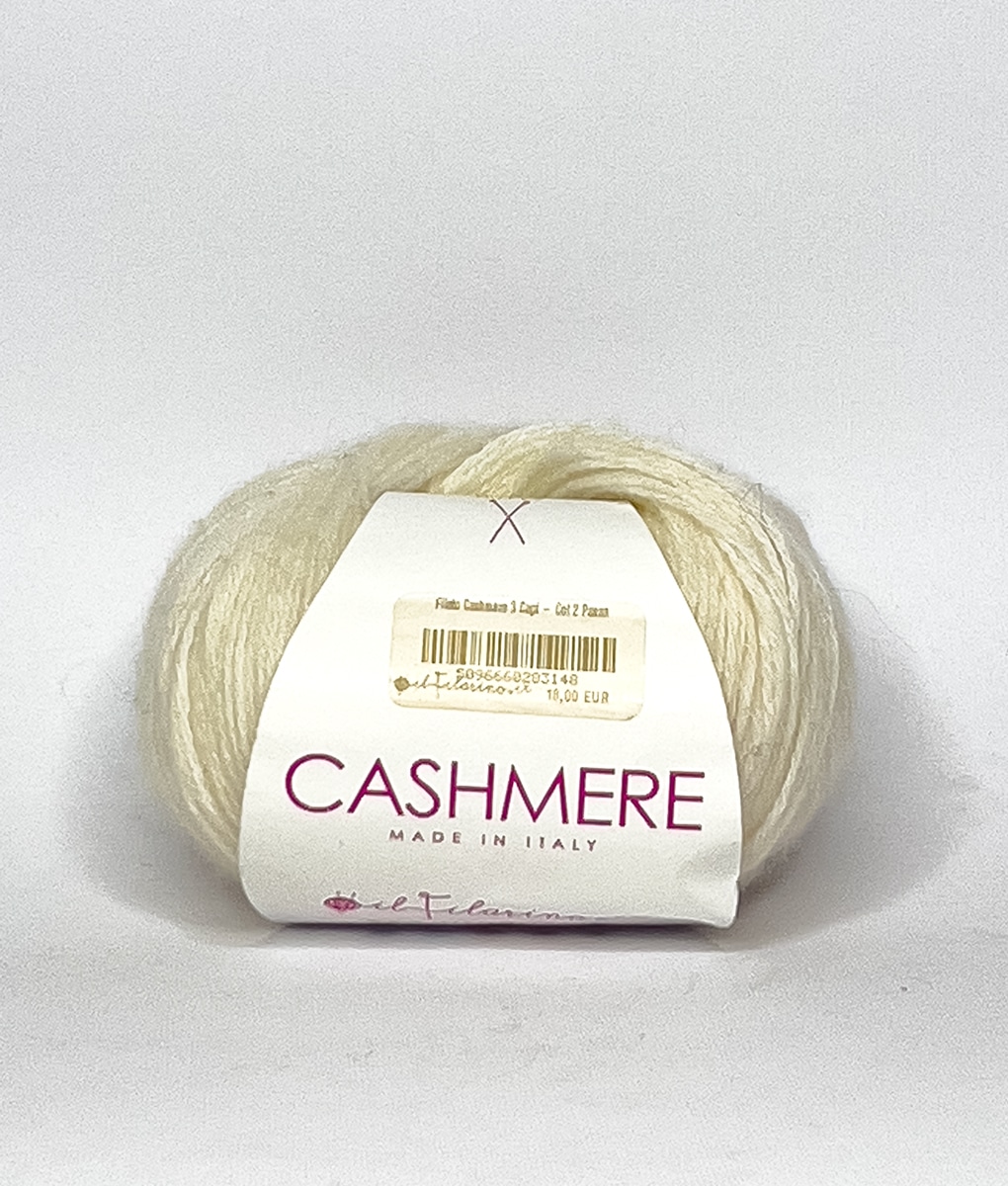Reasons You Have To Need Cashmere a Natural Fiber for Comfort and Sophistication in Everyday Use
In the realm of textiles, few fibers rival the luxury and convenience of cashmere. This distinct material, known for its premium gentleness and insulation, gives unrivaled comfort and elegance for daily wear. Yet what sets it apart from various other fibers? Exactly how does it impact the setting and how does it contrast to artificial choices? In addition, just how can one best use cashmere to boost their design? These appealing questions lay the foundation for an enlightening expedition right into the globe of cashmere.
Understanding the Luxurious Nature of Cashmere

Examining the Convenience Variable of Cashmere Clothes
What high qualities underscore the comfort factor of cashmere garments? The soft qualities of cashmere is the very first top quality to take into consideration. Its luxurious texture makes it really feel like a 2nd skin, providing warmth without the weight or irritation related to various other wool items. Furthermore, cashmere's unique fiber structure permits breathability, controling temperature level and preventing getting too hot. The product's adaptability and toughness make certain that it molds against the body comfortably, keeping its shape gradually. Cashmere's hypoallergenic properties also contribute to its comfort, making it an ideal choice for delicate skin. The capacity to layer cashmere items without thickness enhances the convenience element. Basically, the comfort of cashmere is stemmed from its gentleness, breathability, toughness, hypoallergenic nature, and versatility.

The Ecological Influence and Sustainability of Cashmere
While the convenience and elegance of cashmere are certainly enticing, it's similarly important to consider its connection with the setting. Cashmere manufacturing, largely in Mongolia and China, includes increasing cashmere goats, which can considerably strain delicate grassland ecosystems because of overgrazing. This can cause desertification, a pushing ecological concern. The processing of cashmere, including coloring and washing, can additionally add to water air pollution if not appropriately handled. However, initiatives are being made to establish lasting cashmere production approaches, such as rotational grazing and cleaner handling strategies. For this reason, while cashmere has ecological effects, its sustainability largely depends upon production practices.
Contrasting Cashmere to Synthetic Fibers: A Cost-Benefit Evaluation
Regardless of its environmental challenges, cashmere offers an one-of-a-kind collection of advantages over artificial fibers. Cashmere's all-natural fibers offer unmatched gentleness and heat, converting into comfort that synthetic fibers struggle to match. Unlike artificial fibers, cashmere does not add to microplastic contamination, making it an extra lasting selection.
Styling Tips With Cashmere for Everyday Style
Having actually taken into consideration the cost-benefit evaluation of cashmere compared to synthetic fibers, it comes to be clear why this lavish product is a preferred choice for numerous. When styling cashmere for daily style, simplicity is essential. Ultimately, the intrinsic elegance of cashmere makes it a functional enhancement to any type of wardrobe, cashmere easily improving daily attire with a touch of deluxe.

Verdict
In recap, the remarkable homes of cashmere make it a beneficial enhancement to any type of wardrobe. Its glamorous feeling, convenience, breathability, and flexibility to differing temperature levels are unequaled. Additionally, cashmere's sustainability and lower environmental influence contrasted to synthetic fibers better boost its allure. The classic style of cashmere, incorporated with its adaptability, adds elegance to day-to-day wear. Investing in cashmere garments is a rewarding choice for comfort, design, and sustainability.
